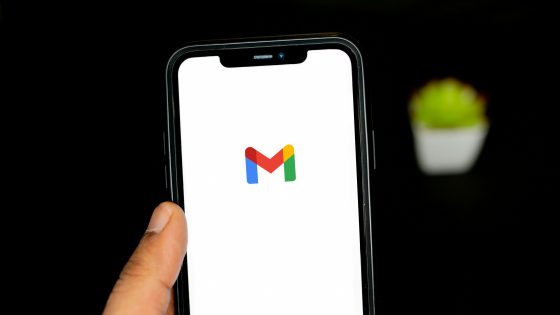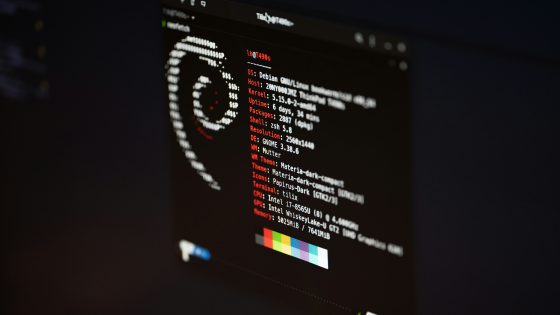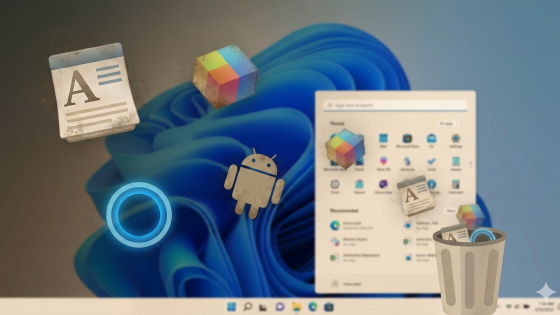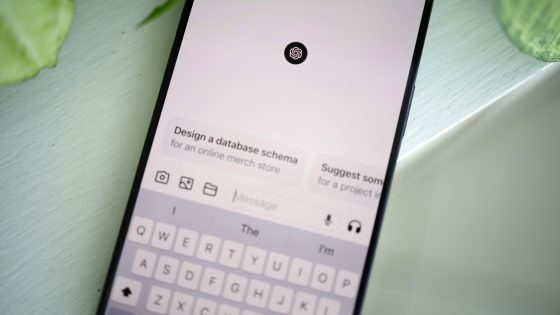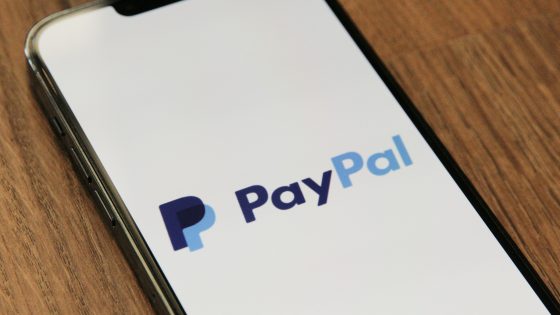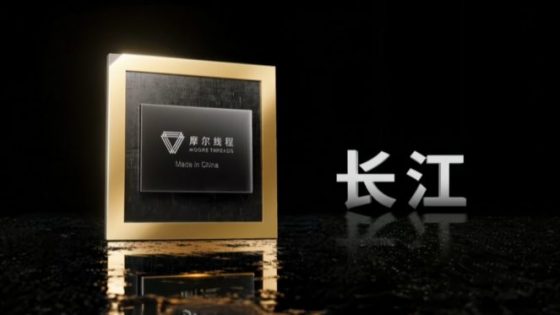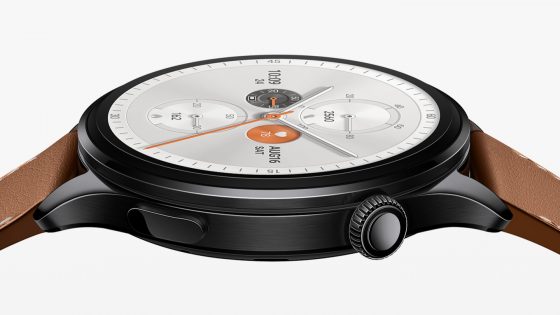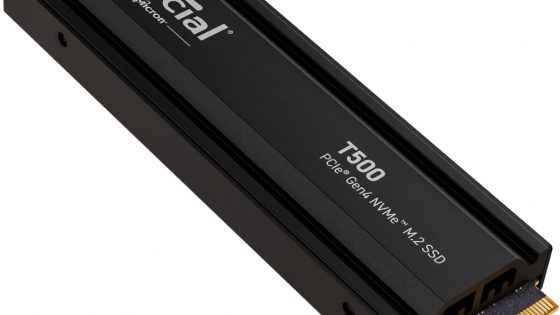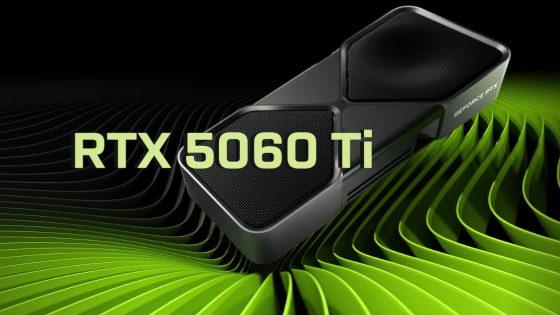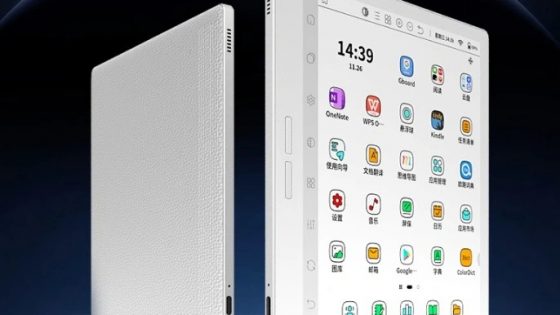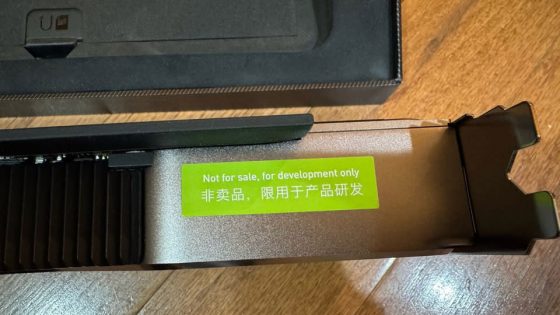Xiaomi 15 phone test – a wolf in sheep's clothing

It has the exact same tools in its arsenal as all the other mobile powerhouses, including the Samsung Galaxy S25 Ultra, HONOR Magic7 Pro, iPhone 16 Pro Max, Google Pixel 9 and the like. No one can blame him for not coming prepared to fight the biggest, although at least in terms of size, many might (wrongly) judge that he can't compete with them.
Compactness is a challenge in its own right. A good example is that you have much less space to cool the battery and the chip (and other components). Half an inch may not sound like much, but in the world of phones, it's a lot.
I almost always roll out the red carpet for smaller phones simply because there aren't many of them available. The Xiaomi 15 is not, to be honest, a real compact phone like the ASUS Zenfone phones, which were almost always under 6 inches. But there are almost none of those left, and even fewer on our market. The Xiaomi 15 with a 6.3-inch diagonal is the best we have available.
As always, the little things will decide, especially with the camera.
| Advantages | Weaknesses |
| Compact and durable design | Charger not included with purchase |
| Excellent chip and performance | "Okay" price |
| Very good AMOLED display | |
| Good battery and fast charging | |
| Great cameras | |
| DC dimming instead of PWM |
Xiaomi 15 price?
- Xiaomi 15 12GB/512GB: €1099
Available in black, white and green. There is also a special silver version, but it is only available for online purchases.
From March 1 to March 31, 2025, when purchasing any device from the Xiaomi 15 series, customers will also receive a Xiaomi Scooter 4 Lite 2. More in Xiaomi store.
Xiaomi 15 – not much emphasis on looks, but that's okay
The Xiaomi 15 won't be looking at itself in the mirror for long, as it doesn't have many design elements to admire. It's very unobtrusive, which you can blame it for not immediately catching your attention. If anything, you can dress it up with some kind of protective case, where Xiaomi always has a wide range of offers. The screen is flat, the sides are the same, only the edges are rounded. From the front perspective, you could mistake it for an iPhone, but on the back they continued with their style, which is the same as last year's phones Xiaomi 14. The camera frame actually protrudes from the case, but not like the Xiaomi 15 Ultra or HONOR Magic7 ProThe only thing that bothers me is the fourth lens slot, which may confuse people who will think they have 4 main cameras available.
The body is made of aluminum, and the screen is protected by the so-called Xiaomi Shield Glass, which is said to be 10x more resistant to damage than the Xiaomi 14. It weighs only 191 grams, mainly thanks to the smaller screen and not any innovation in the field of materials and manufacturing. It is also relatively thin (8.48 mm), but not the thinnest on the market. It has also earned the IP68 certification for water resistance and dust ingress.
There's an ultrasonic fingerprint sensor under the display. I can praise it for being always responsive and recognizing wet and oily fingers. It's interesting how quickly we've moved from optical to ultrasonic, which I only saw on Vivo phones (and a handful of others) two years ago. Is the mid-range next? Maybe. I hope so.
The speakers are solid, they also support Dolby Atmos, but as always, using good headphones is a better choice.


Great display and finally DC dimming
No feature or specification has been a leader so far. There are thinner and lighter phones, more aesthetically bolder, and HONOR, for example, offers slightly better IP69 protection on its flagship models. And although this pattern continues with the display, I won't attack it harshly, because these differences are so minimal that they are only noticeable on paper.
The Xiaomi 15 has a 6.36-inch AMOLED display with just the right resolution of 2670 x 1200 and fast refresh with LTPO technology, which refreshes the screen between 1 Hz and 120 Hz. If you have read our tests so far, then you know that 1 Hz is only activated for static scenes and with the always-on display. Switching between frequencies is automatic, it is only important for you that the phone does this correctly and does not waste energy unnecessarily. The maximum brightness is 3200 candelas (nits), which is more than Samsung and less than HONOR.
The black borders around the screen are almost zero, measuring just a good millimeter, so it boasts a 94-% screen-to-body ratio. This is well above average for such phones. This number basically means that most of the visible area is a usable screen. The sampling rate is 300 Hz, which is important for gamers. Gaming phones easily surpass this, but for an all-round phone, it is quite sufficient. It also has all the certifications for excellent image quality – Dolby Vision, HDR10+ …


An interesting change is DC dimming, which I last talked about two years ago. So far, we have always talked about PWM dimming and the advertised frequency. The lower the frequency, the greater the chance that (invisible) screen flicker will affect your well-being or eye fatigue. Samsung phones, at least according to official data, have always had the lowest PWM frequency, and HONOR has by far the best. Without the appropriate tools, it is impossible to verify this, so we always take manufacturers at their word, unless contrary information appears. A frequency above 3000 Hz is usually the limit where screen flicker should not affect the eyes.
PWM stands for Pulse Width Modulation. It is a process used in displays to control brightness. It involves rapidly turning pixels on and off at a specific frequency, creating the “illusion” of different levels of brightness. The width of these on-off cycles determines the perceived brightness.
DC dimming is a bit different. Instead of rapidly turning pixels on and off like PWM dimming, DC dimming varies the amount of current delivered to the pixels, changing their brightness. By adjusting the current, the screen can be made brighter or darker. Screen flickering doesn't play a role here, so it's also more user-friendly. In the past, you could see slightly worse color reproduction at lower brightness, but I didn't notice that with the Xiaomi 15. OnePlus has offered phones with DC dimming for a while (maybe still?), and there are also some phones that offer both types of dimming, but always PWM at lower brightness.
Xiaomi 15 uses DC dimming at all brightness levels. No more flickering, no more tired eyes, and no compromise on color.
Xiaomi 15 – elite performance, but where to use it?
The Xiaomi 15 is now the fourth phone with the new Snapdragon 8 Elite chip that I have managed to test. The performance is unsurprisingly the same as that of the Samsung Galaxy S25 Ultra, HONOR Magic7 Pro and Xiaomi 15 Ultra. The only exception is that it limits its performance more quickly in the most stressful tasks, so as not to reach a critical temperature point. Unless you run some "benchmark", you will not be able to reproduce my results in practice. The heating is surprisingly okay. I expected that due to the smaller size, the heat would cause more havoc inside, but it is almost the same as with Samsung. The HONOR Magic7 Pro remains the phone that has coped the worst with this new performance offered by the Snapdragon 8 Elite so far.
As always, I ran all the tests for endurance, performance, and battery life. Later, a few more games, from Genshin Impact, Call of Duty: Mobile to emulating Windows and Switch games. You'll be playing all the classic mobile games at the highest settings, which you can already tell from the choice of chipset. Windows and Switch games will bring mixed results for now. Until there are dedicated drivers (within a year), some games will work great, others well, and others will not start. Until then, I recommend experimenting with which games and settings work well. From my tests, I was able to play the following Windows games on Winlator almost without any problems: The Witcher 3, Batman Arkham City, and Resident Evil 4. For Switch enthusiasts, I tested Mario Deluxe 8 and Legend of Zelda Skyward Sword (Yuzu and Citron emulators).
Performance tests






Outside of gaming, you'll only notice up to 40% better performance (compared to Snapdragon 8 Gen 3) in design, rendering, and similar tasks. That is, if you're doing anything like that on your phone and not on your computer.
There's plenty of space. The default configuration is 512 GB with a fast UFS 4.0 drive.
The battery (5240 mAh) is above average in terms of durability. I got through the day without any problems and still had at least 40 mAh left. My usage includes 1-2 hours of gaming, watching YouTube videos, browsing Reddit and the web. It charges with a cable at 90 W, and wirelessly at 50 W. Xiaomi has long resisted the trend of no longer including a charger in the packaging. In our market, only Huawei supports this.
All the latest connectivity standards are available: Wi-Fi 7, Bluetooth 6.0, NFC, eSIM, 5G...
Xiaomi HyperOS 2 is full of artificial intelligence
Although it has the number 2 at the end, the HyperOS operating system has not changed much since its first release, at least not on the surface. They are said to have done a lot in terms of optimization and interconnection of devices in the Xiaomi ecosystem, which is very difficult for me to test and compare. What I can say is that this is still one of the more colorful systems with an emphasis on personalization, which is right after Samsung's. You have a lot of options to change wallpapers, themes, styles, lock screen and always-on screen settings, notification effects and even fingerprint recognition effects. And this is nothing that was not available before.
What's new is related to artificial intelligence. Access to Google's Gemini AI is available by default, both in the form of an app and a shortcut or voice assistant that you access with the power button. Gemini has access to some system apps, so you can use it to open a specific app hands-free, for example. For some reason, you still can't open the Google Store, but you can, for example, Spotify, YouTube, and the like. You can also use it for summaries, to list an entire essay about the landmark you're currently in front of... Useful, but not always. You can search Google by circling (just like with Samsung, Honor, and others).
Other UI features are under the umbrella of HyperAI, although this label is only advertised on the Xiaomi 15 Ultra. Why, I don't know. Both phones are equally powerful, so I suspect the only reason is a sense of exclusivity.
When writing, AI helps you improve your text, make summaries, proofread, and translate.
In Gallery, you can use the AI to remove objects from captured photos, to create a video collage from images and clips. You can also use it to expand the image, for example, when you want to have more horizon in the image or something similar. It is not always accurate because the AI guesses what should be in the image. The most useful feature is the eraser to remove reflections.
You can use transcription in Recorder, and the AI can summarize and translate the generated text for you.
Live subtitles is a feature that Xiaomi phones have had before, allowing you to display subtitles in videos. There is also an interpreter for live translation, but Slovenian is not supported.
In addition to HyperAI, they highlight two other key technologies. HyperConnect is a technology for easier communication and data exchange between different devices. This is mostly created for easier use of Xiaomi devices and for transferring files between them, but they have also adapted the experience for Apple (iOS, Mac) devices. As far as I understood and was able to discern during the presentation, an Apple user needs to download certain Xiaomi applications and connect to a Xiaomi profile if they want to have a seamless exchange. The same goes for users of devices that do not have the Xiaomi name.
Xiaomi 15 – even though it doesn't have Ultra in its name, it's an ultra-good photographer
- Leica main camera 50 MP (f/1.62), OIS, 23 mm, 7 aspherical lenses
- Leica telephoto 50 MP (f/2.0), OIS, 60 mm, 2.6x optical zoom
- Leica ultrawide 50 MP (f/2.2), 115°, 14 mm
- Front camera 32 MP (f/2.0), 90°, HDR
The Xiaomi 15 Ultra has a 1-inch main sensor, and size is very important in this sense, because no amount of software magic can help you if the sensor physically can't capture enough light. Okay, the Xiaomi 15 doesn't have a 1-inch sensor. Does that mean the images are bad?
Not by a long shot. It's not the only premium phone without such a sensor. And if others (Galaxy S25, Magic7 Pro...) have succeeded, why not Xiaomi 15 too.
The Xiaomi 15 can rely on another (not so) hidden asset – Leica. After the end of its cooperation with Huawei, Leica lent its expertise to Xiaomi, which is making good use of it. All sensors are masterfully tuned to display the best possible colors and details. By default, you can choose between two Leica profiles (as before), one for lovers of more dynamic colors and one for lovers of realism.
Gallery




















The main camera is the most important in any phone, and the Xiaomi 15 is no exception. Through its lens, you will be able to capture beautiful scenes without any photography knowledge. You don't need any effort, no adjustments to get top-notch shots. As long as there is enough light, you simply point the camera and click the shutter. Even when you enlarge the image in the Gallery, you will notice very good sharpness and textured motifs.
I was also surprised by the quality of the zoomed shots. The optical zoom is only up to 2.6x, but the digital zoom is good enough to use 10x without any loss of quality. But any more than that risks entering the abstract world.
You can also use the telephoto for macro photography. When you're taking pictures of pets, gourmet feasts, or anything similar, you'll be happy with this lens.
At night, both lenses are very good, the main sensor of course a notch or two better.
The ultra-wide is another surprising addition, although less important. With improved resolution, images are always clear during the day, but at night it is the lens that first shows its shortcomings.
You can record in 8K (30 and 24 fps) and 4K (24, 30, 60 fps) resolutions. There's also 4K LOG recording for more photography-oriented users, and a special MasterCinema mode for recording with a wider dynamic range.
The front camera for vlogging and selfies is also very good and has a dedicated night mode in addition to portrait mode.

Xiaomi 15 – its main advantage is its size
A good screen, Snapdragon 8 Elite chip, good build quality, and similar features are shared by all premium phones, and at least we can't tell them apart based on that.
If the Xiaomi 15 wants to sell well, it needs to capitalize on its main advantage, which is its compact size. Many people are looking for smaller phones, especially ones that don't sacrifice camera and system performance for size.
The price is still €1000, but you get a phone with the same performance and cameras as phones for €1500 (or more).




